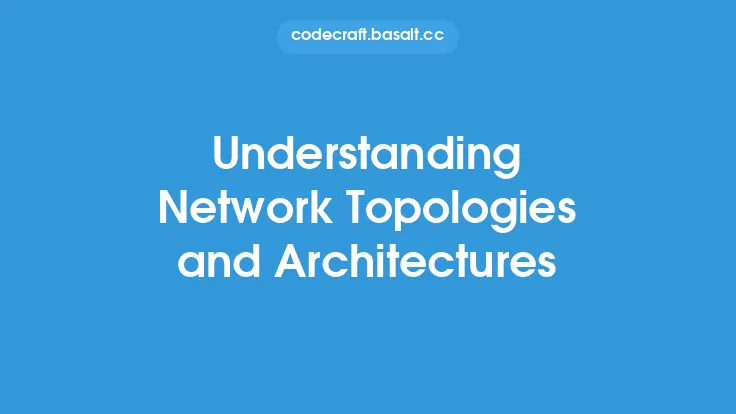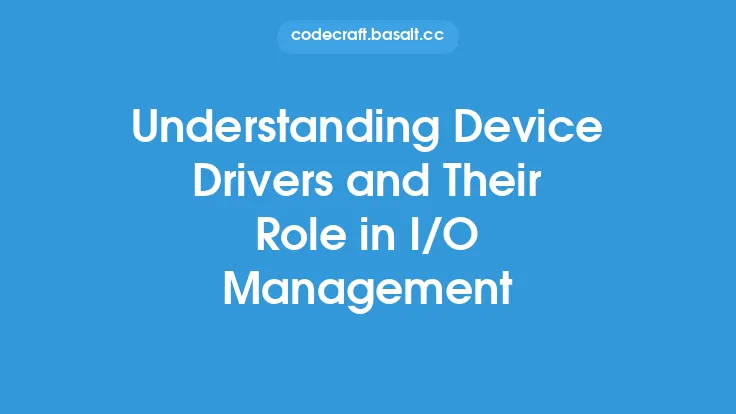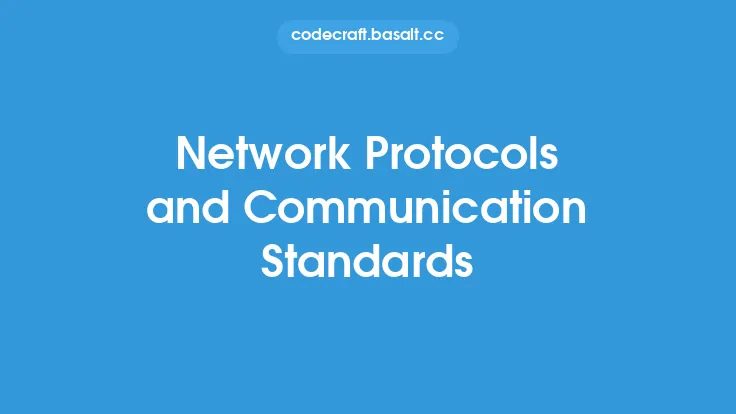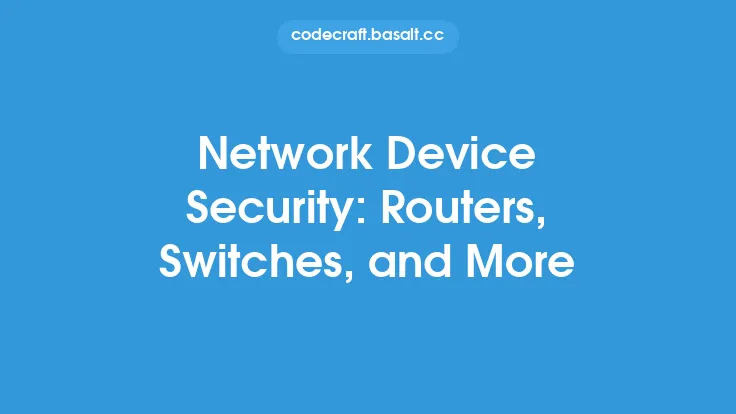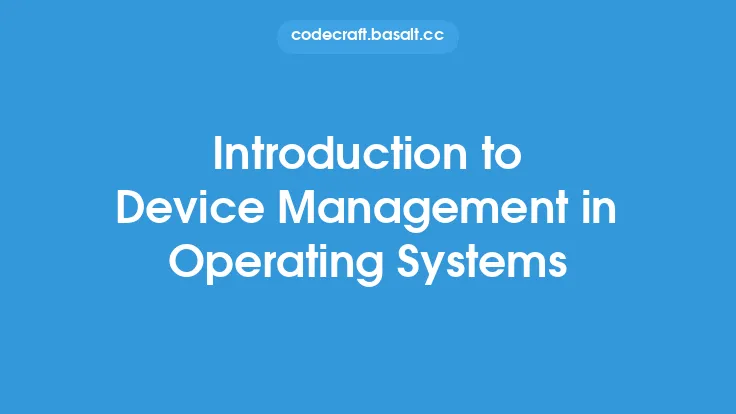Device interfaces and protocols are crucial components of device management in operating systems. They enable communication between devices and the operating system, allowing for the exchange of data, control signals, and other information. In this article, we will delve into the world of device interfaces and protocols, exploring their types, functions, and importance in device management.
Introduction to Device Interfaces
A device interface is a point of interaction between a device and the operating system. It provides a standardized way for the operating system to communicate with the device, allowing for the transfer of data, control signals, and other information. Device interfaces can be hardware-based, such as USB or PCI, or software-based, such as device drivers or APIs. The primary function of a device interface is to provide a layer of abstraction between the device and the operating system, allowing the operating system to interact with the device without needing to know the details of the device's internal workings.
Types of Device Interfaces
There are several types of device interfaces, each with its own strengths and weaknesses. Some common types of device interfaces include:
- Hardware interfaces: These are physical connections between devices and the operating system, such as USB, PCI, or ISA.
- Software interfaces: These are programming interfaces that allow the operating system to interact with devices, such as device drivers or APIs.
- Network interfaces: These are interfaces that allow devices to communicate with each other over a network, such as Ethernet or Wi-Fi.
- Virtual interfaces: These are software-based interfaces that provide a virtual connection between devices and the operating system, such as virtual COM ports or virtual network interfaces.
Device Protocols
Device protocols are sets of rules and standards that govern the communication between devices and the operating system. They define the format and structure of the data exchanged between the device and the operating system, as well as the timing and synchronization of the communication. Some common device protocols include:
- USB protocol: This protocol governs the communication between USB devices and the operating system.
- PCI protocol: This protocol governs the communication between PCI devices and the operating system.
- SCSI protocol: This protocol governs the communication between SCSI devices and the operating system.
- TCP/IP protocol: This protocol governs the communication between devices over a network.
Functions of Device Interfaces and Protocols
Device interfaces and protocols perform several important functions in device management, including:
- Data transfer: They enable the transfer of data between devices and the operating system.
- Control signals: They allow the operating system to send control signals to devices, such as start, stop, or reset.
- Device configuration: They provide a way for the operating system to configure devices, such as setting parameters or initializing devices.
- Error handling: They provide a way for the operating system to handle errors and exceptions that occur during device communication.
Importance of Device Interfaces and Protocols
Device interfaces and protocols are essential components of device management in operating systems. They provide a standardized way for devices to communicate with the operating system, allowing for the exchange of data, control signals, and other information. Without device interfaces and protocols, devices would not be able to communicate with the operating system, and the operating system would not be able to manage devices.
Challenges and Limitations
Despite their importance, device interfaces and protocols also present several challenges and limitations. Some of these challenges and limitations include:
- Complexity: Device interfaces and protocols can be complex and difficult to implement, requiring a deep understanding of the underlying technology.
- Compatibility: Device interfaces and protocols can be incompatible with different devices or operating systems, requiring additional hardware or software to resolve the incompatibility.
- Security: Device interfaces and protocols can be vulnerable to security threats, such as hacking or eavesdropping, requiring additional security measures to protect the communication.
Future Developments
The field of device interfaces and protocols is constantly evolving, with new technologies and standards emerging all the time. Some future developments that are expected to have a significant impact on device interfaces and protocols include:
- IoT devices: The increasing use of IoT devices is expected to drive the development of new device interfaces and protocols that can support the unique requirements of these devices.
- Artificial intelligence: The increasing use of artificial intelligence is expected to drive the development of new device interfaces and protocols that can support the unique requirements of AI systems.
- 5G networks: The increasing use of 5G networks is expected to drive the development of new device interfaces and protocols that can support the high-speed, low-latency communication required by these networks.
Conclusion
In conclusion, device interfaces and protocols are crucial components of device management in operating systems. They provide a standardized way for devices to communicate with the operating system, allowing for the exchange of data, control signals, and other information. While they present several challenges and limitations, they are essential for the proper functioning of devices and the operating system. As the field of device interfaces and protocols continues to evolve, we can expect to see new technologies and standards emerging that will support the unique requirements of emerging technologies such as IoT devices, artificial intelligence, and 5G networks.
